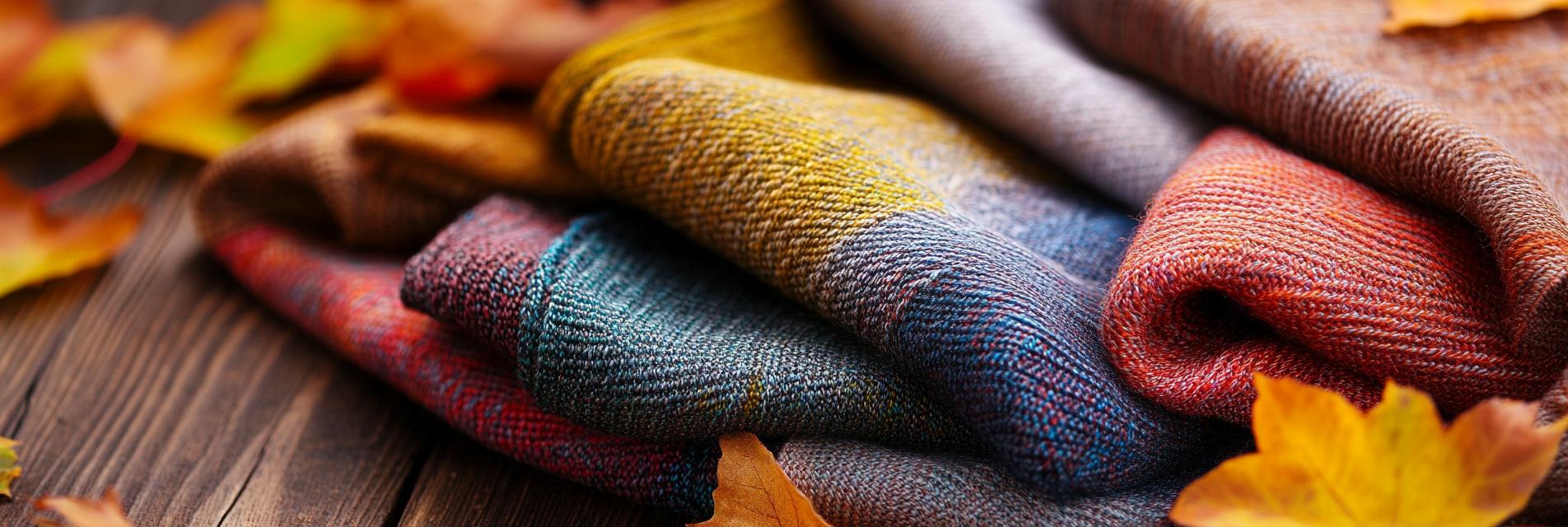As the chill of autumn and winter approaches, the fashion industry shifts its focus to materials that not only provide style but also warmth and comfort. One such innovative material gaining traction is loop dyed fabrics. This article delves into the diverse applications of loop dyed fabrics in fall and winter clothing, underscoring their significance in contemporary textile trends.
Loop dyed fabrics are known for their rich colors and unique textures, which can elevate any garment's aesthetic appeal. Their inherent durability makes them an ideal choice for the harsher conditions of autumn and winter. Furthermore, the dyeing process ensures vibrant hues that remain consistent after multiple washes, making loop dyed fabrics an attractive option for both designers and consumers alike.
The versatility of loop dyed fabrics allows for creative expression in design. From sophisticated outerwear to casual loungewear, these textiles can be utilized in a variety of garments. Their ability to blend seamlessly with different materials and styles means that designers can push creative boundaries while ensuring garments remain functional and stylish.
In addition to their aesthetic benefits, loop dyed fabrics offer exceptional warmth and comfort. The structure of these fabrics often includes loops that trap air, providing a cozy layer between the body and the cold environment. This characteristic makes them perfect for thick sweaters, scarves, and jackets, which are essential during the colder months.

As consumer awareness regarding sustainable fashion grows, the demand for loop dyed fabrics is expected to rise. These fabrics not only cater to aesthetic needs but also align with eco-friendly practices, utilizing less water and energy in their production processes. This alignment with sustainability trends makes loop dyed fabrics a smart choice for forward-thinking brands aiming to capture the modern consumer's attention.
Loop dyed fabrics are undoubtedly carving a niche in the autumn and winter fashion markets. Their vibrant aesthetics, combined with practical benefits such as durability and warmth, make them a compelling choice for both designers and consumers. As trends in the textile industry continue to evolve, it is essential to keep an eye on the innovative applications of these materials, ensuring that they remain at the forefront of fashion.
